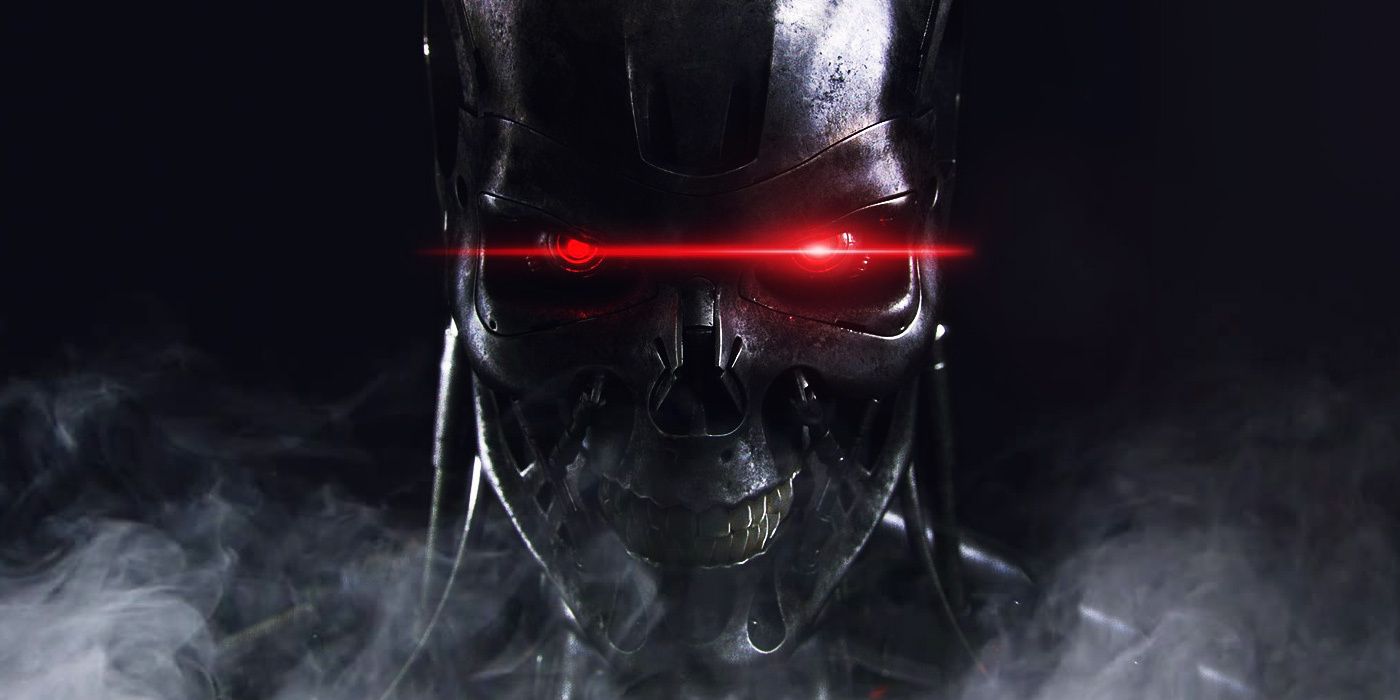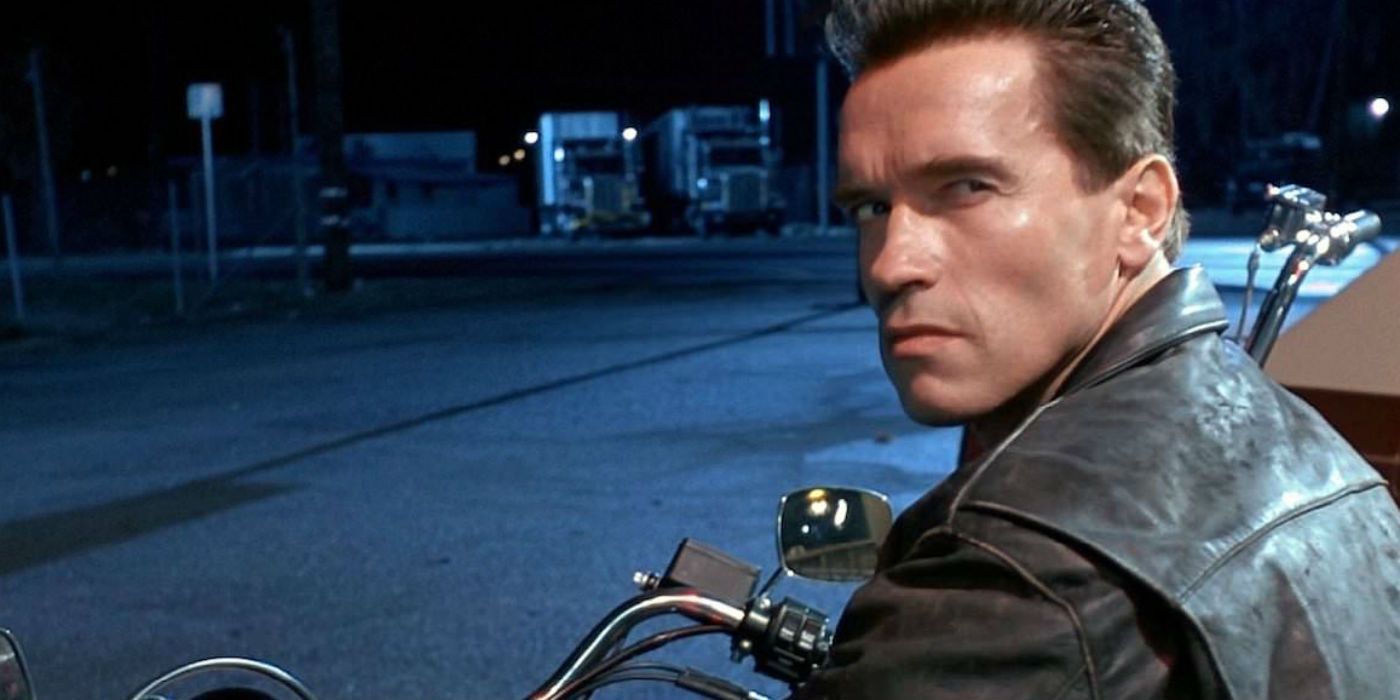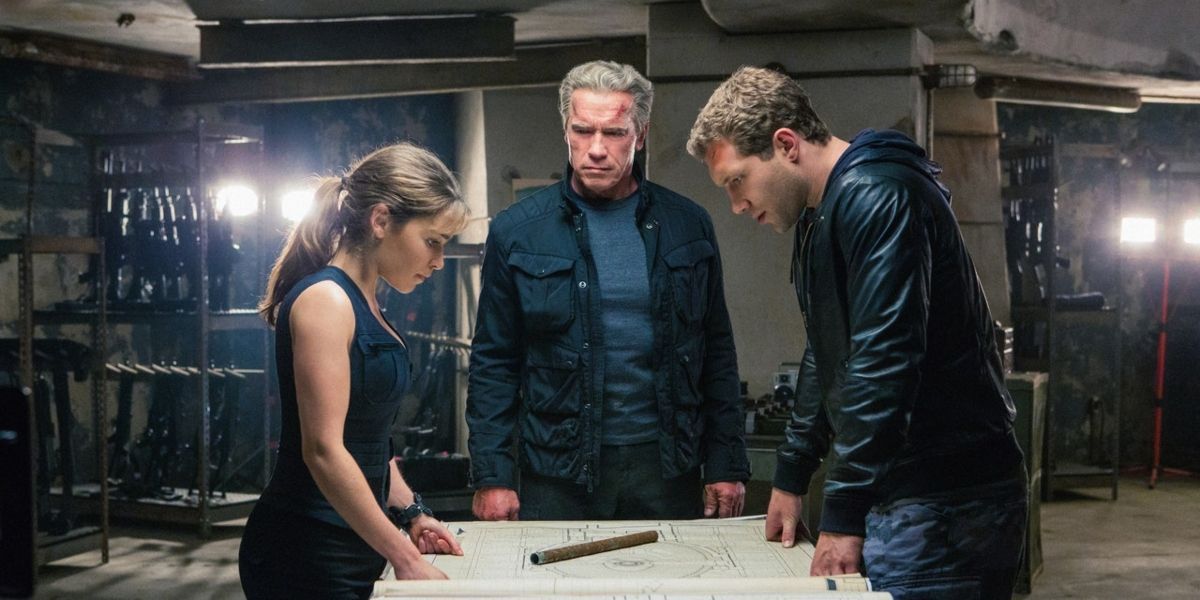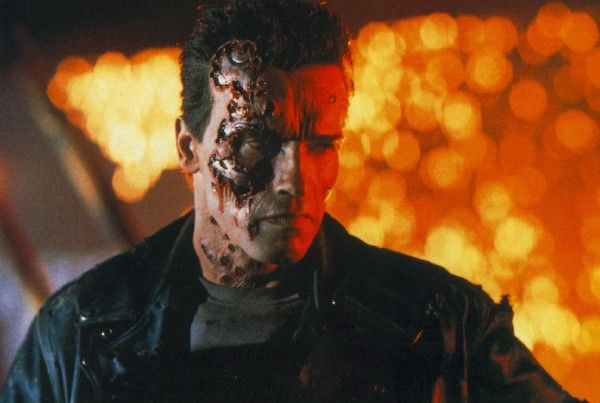The year 1984 was one of the most exciting years for movies. Films like Indiana Jones and the Temple of Doom, Ghostbusters, The Karate Kid, Beverly Hills Cop, and Red Dawn (among a host of others) were released to varying degrees of success and are still beloved by audiences today. But there is one film that was released in late October, just in time for Halloween, that launched a pretty well-known franchise that’s had a rough go at it over the past few decades. Believe it or not, we’re not talking about A Nightmare on Elm Street (which was actually released in November), but rather James Cameron’s original classic The Terminator.
The original Terminator played a fine line between science-fiction and horror as the teenage Sarah Connor (Linda Hamilton) and the future warrior Kyle Reese (Michael Biehn) fought to escape the metallic grip of Arnold Schwarzenegger’s original biker-clad T-800. A purely physical presence, the machine stalked, hunted, and killed every Sarah Connor he could until finding the one who would become the mother of John Connor, the future leader of the human resistance against Skynet. It’s a familiar story, especially now in the age of bad sequels and remakes (looking at you Terminator Genisys…), but in 1984 it was fresh and unique.
Granted, The Terminator wasn’t the first science-fiction horror film, nor even the most popular at the time. Alien had been released a few years prior to critical acclaim, successfully combining the unknown horrors of space with a compelling tale of survival. In fact, The Terminator shares more similarities with the original 1978 Halloween, which saw a silent, physical presence in Michael Myers (Nick Castle) stalk, hunt, and kill young teenagers, eventually setting his sights on Laurie Strode (Jamie Lee Curtis), who in turn fought to protect the children under her care. Just like Sarah Connor, she was terrified while defending the future.
But, success as a horror film aside, the franchise quickly took a hard right turn with Terminator 2: Judgment Day and became all about the high-concept action sequences. While T2 revolutionized blockbuster technology as the greatest action film of all time, most of the action-heavy sequels and reboots didn’t quite land. Because of T2’s success, many of them set out to re-capture the magic of the sequel, completely ignoring the horror-inspired original. Don’t misunderstand, Judgment Day deserves high praise from fans and critics alike. It’s an exceptional film, but isn’t it time that those at the helm try something different? Something that would make the next Terminator truly stand apart?
We’re not talking “different” like killing John Connor (Edward Furlong) and giving his position to some random person, or corrupting the future leader of the human resistance only to make him the “surprise” villain. No, what Terminator needs is to go back to its roots, back to what made it great in the first place. It should be a horror film. Shifting the focus of the franchise from big-budget high-concept action sequences (as cool as they can be) to smaller, more focused, character-driven horror pictures like the original, would not only be a breath of fresh air for Terminator fans but would also bring in a new audience.
Whether set in the post-apocalyptic backdrop of the Future War that haunted Kyle’s dreams or in a contemporary setting where Judgment Day didn’t occur (thus still including the events of T2), the next Terminator would do well to take some cues from David Gordon Green’s ongoing Halloween trilogy. Green’s recent Halloween is an excellent example of how the silent stalker can terrify, becoming an unnatural presence, almost like a machine, like a Terminator. Constantly in the 2018 Halloween and 2020’s Halloween Kills, we see Michael Myers demolish his victims with nothing but his bare hands and occasionally a kitchen knife or fireman’s axe.
If this same intensity could be applied to a Terminator film, Arnold’s classic T-800 would once again become the most frightening presence in the room just as he was in the Tech-Noir nightclub. Myers’ ferocity and complete lack of emotion, seemingly killing “just because,” is eerily reminiscent of Arnold’s Terminator, and seems like the obvious next step to keep the franchise from becoming stale.
Obviously, the high stakes of Skynet and the backdrop of the post-apocalyptic landscape teased in The Terminator, and even seen in Terminator Salvation, could still be worldbuilding elements of the plot, but unlike T2, and every other sequel, stopping these events may not be the best primary objective. Rather, what makes The Terminator, Alien, and the most recent Halloween outings work so well is that they’re ultimately survival films. Our leads aren’t “taking the fight to the killer” (though there are exceptions, like Laurie Strode in the current Halloween), they’re mostly just trying to survive. That’s part of the thrill of the original Terminator. Watching Sarah and Kyle run from their machine assassin, make mistakes along the way, and ultimately having to fight back is part of what makes the original so compelling. Not only that, but it makes the story feel more realistic, like it could happen to you.
With each Terminator sequel, the series attempted to create a T-800 (or T-850) who was just as compelling as the “Uncle Bob” Terminator, one who could “understand why we cry.” While flipping Arnold’s role from the villain to the hero worked incredibly well in T2, it may have been a mistake to continue this trope into Terminator 3: Rise of the Machines and beyond. In attempting to connect more emotionally with the machine, we forget just how merciless, how cruel they can be when they haven't been reprogrammed by future Resistance fighters. We forget that they’re killers at heart, or, in this case, a microchip. The 2018 Halloween and its sequel show us a Michael Meyers who is completely fueled by his killing, almost as if it’s in his programming. The various Alien sequels reveal that the same is true with the Xenomorphs. This is exactly what a Terminator is at its core, a killer, and thus should be leaned into more heavily.
But it’s not just Green and company’s treatment of Michael Myers that makes his modern Halloween tale work. The film’s deep dive into the psychology of the killer and how he affects the inhabitants of Haddonfield, especially an older, more unstable Laurie Strode, is what really sells it. Terminator: Dark Fate, which learned from Genisys’ failure that you can’t just completely ignore the James Cameron films, tried something similar with their older, more unstable Sarah Connor. Unfortunately, this ultimately got bogged down by the film’s desire to be the next Terminator 2 while also trying to distance itself from what made the initial films great in the first place. Instead, it focused less on Sarah and Arnold’s T-800 by building a bigger mythology that excluded them, while still using them as a tactic to pull familiar audiences back to the theater. A cheap shot that most likely won’t work again.
Bringing back old characters like Sarah, John, or even Arnold’s Terminator isn’t an issue though if done right. Scream 4 returned the Scream franchise, which had somewhat become a parody of itself, back to its initial roots of comedically critiquing horror films while still genuinely being one. The use of returning characters Sidney Prescott (Neve Campbell), Dewey Riley (David Arquette), and Gale Weathers (Courtney Cox) worked so well because the film built on their growth in previous outings while establishing new characters. All the while, they didn’t ignore Sidney and the gang, making them essential to solving the mystery and unmasking the new Ghostface. This seems to be what they’re doing with the film’s upcoming 2022 sequel as well (simply titled Scream) and what the current Halloween series has aimed to do, granted through a soft reboot and with more success.
How exciting would it be to see a Sarah Connor who has become a complete doomsday prepper, only to be hunted by the Terminator one last time? Or an old John Connor who, having grown old awaiting a Judgment Day that never came, learns of a Terminator that never found him, only to finally come for him in his old age? What about a future horror story where a young Kyle Reese and his friends attempt to flee the machine that stalks them? While we could speculate on where Terminator could go next, it’s increasingly clear that if the franchise wants to survive, it must embrace what originally made The Terminator compelling and reboot back to its horror roots.
As John Connor once asked Kyle Reese to relay to his mother, Sarah, “the future has not been written. There is no fate but what we make for ourselves.” If one thing is true about the Terminator franchise, it’s that it has the ability to endure. Through countless timelines, multiple reboots, and even a television series (Terminator: The Sarah Connor Chronicles, which is excellent by the way), The Terminator still holds up as one of the greatest science-fiction and horror films out there and, as the past always is in these movies, seems to be the key to the franchise’s ultimate survival.




